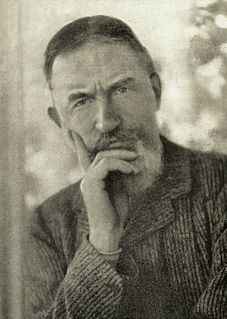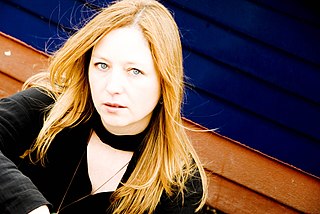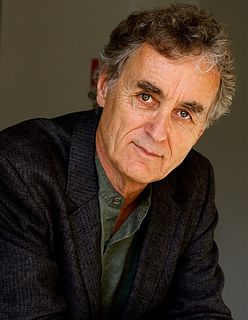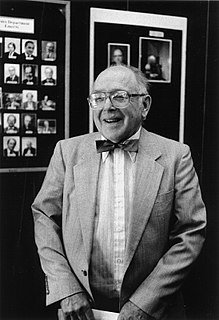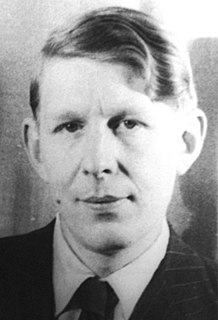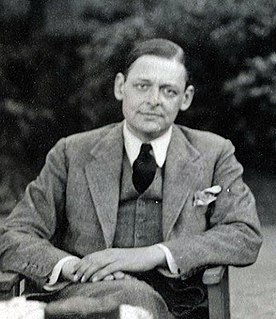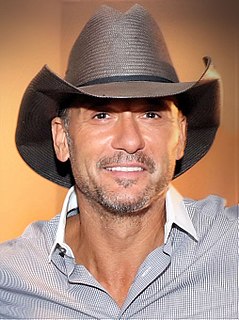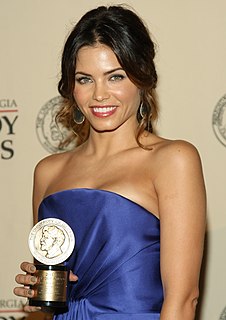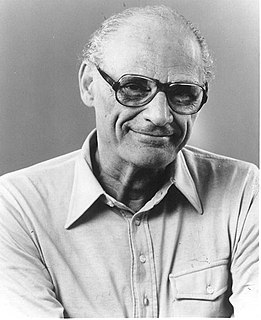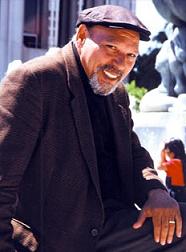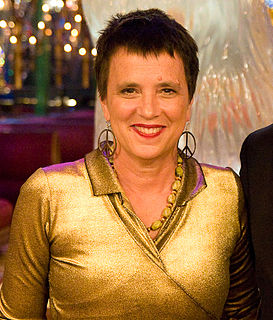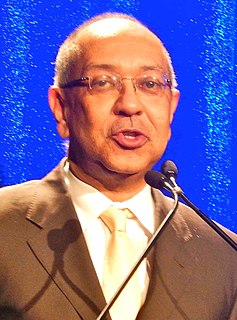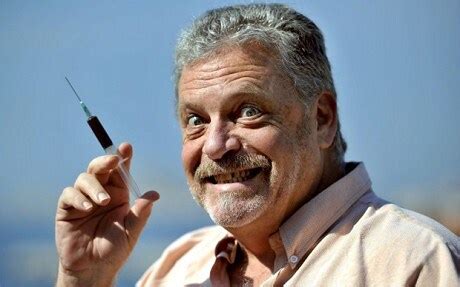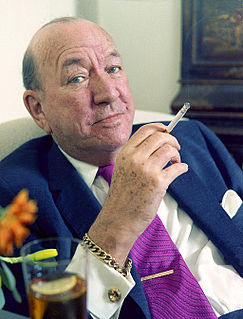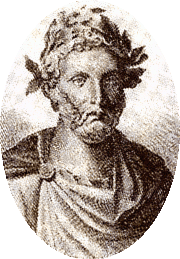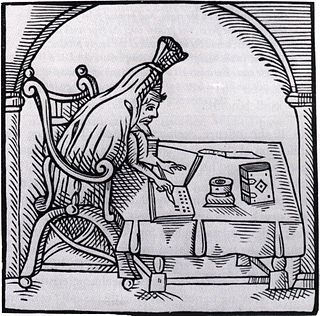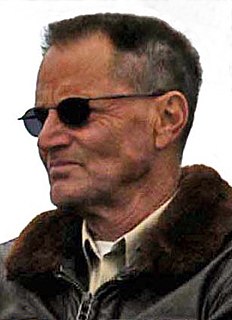A Quote by George Bernard Shaw
The medieval doctors of divinity who did not pretend to settle how many angels could dance on the point of a needle cut a very poor figure as far as romantic credulity is concerned beside the modern physicists who have settled to the billionth of a millimetre every movement and position in the dance of the electrons. Not for worlds would I question the precise accuracy of these calculations or the existence of electrons (whatever they may be). The fate of Joan is a warning to me against such heresy.
Quote Topics
Accuracy
Against
Angels
As Far As
Beside
Calculations
Concerned
Could
Credulity
Cut
Dance
Did
Divinity
Doctors
Electrons
Every
Existence
Far
Fate
Figure
Heresy
How
Joan
Many
May
Me
Medieval
Modern
Movement
Needle
Point
Poor
Position
Precise
Pretend
Question
Romantic
Settle
Settled
Very
Warning
Whatever
Worlds
Would
Related Quotes
So if we're all quarks and electrons ..." he begins. What?" We could make love and it would be nothing more than quarks and electrons rubbing together." Better than that," I say. "Nothing really 'rubs together' in the microscopic world. Matter never really touches other matter, so we could make love without any of our atoms touching at all. Remember that electrons sit on the outside of atoms, repelling other electrons. So we could make love and actually repel each other at the same time.
Over the last century, physicists have used light quanta electrons, alpha particles, X-rays, gamma-rays, protons, neutrons and exotic sub-nuclear particles for this purpose. Much important information about the target atoms or nuclei or their assemblage has been obtained in this way. In witness of this importance one can point to the unusual concentration of scattering enthusiasts among earlier Nobel Laureate physicists. One could say that physicists just love to perform or interpret scattering experiments.
The desires of the heart are as crooked as corkscrews Not to be born is the best for man The second best is a formal order The dance's pattern, dance while you can. Dance, dance, for the figure is easy The tune is catching and will not stop Dance till the stars come down from the rafters Dance, dance, dance till you drop.
At the still point of the turning world. Neither flesh nor fleshless; Neither from nor towards; at the still point, there the dance is, But neither arrest nor movement. And do not all it fixity, Where past and future are gathered. Neither movement from nor towards, Neither ascent nor decline. Except for the point, the still point, There would be no dance, and there is only the dance.
The medieval theologian who gazed at the night sky through the eyes of Aristotle and saw angels moving the spheres in harmony has become the modern cosmologist who gazes at the same sky through the eyes of Einstein and sees the hand of God not in angels but in the constants of nature. When confronted with the order and beauty of the universe and the strange coincidences of nature, it¹s very tempting to take the leap of faith from science into religion. I am sure many physicists want to. I only wish they would admit it.
The death of God left the angels in a strange position. They were overtaken suddenly by a fundamental question. One can attempt to imagine the moment. How did they look at the instant the question invaded them, flooding the angelic consciousness, taking hold with terrifying force? The question was, "What are angels?" New to questioning, unaccustomed to terror, unskilled in aloneness, the angels (we assume) fell into despair.
